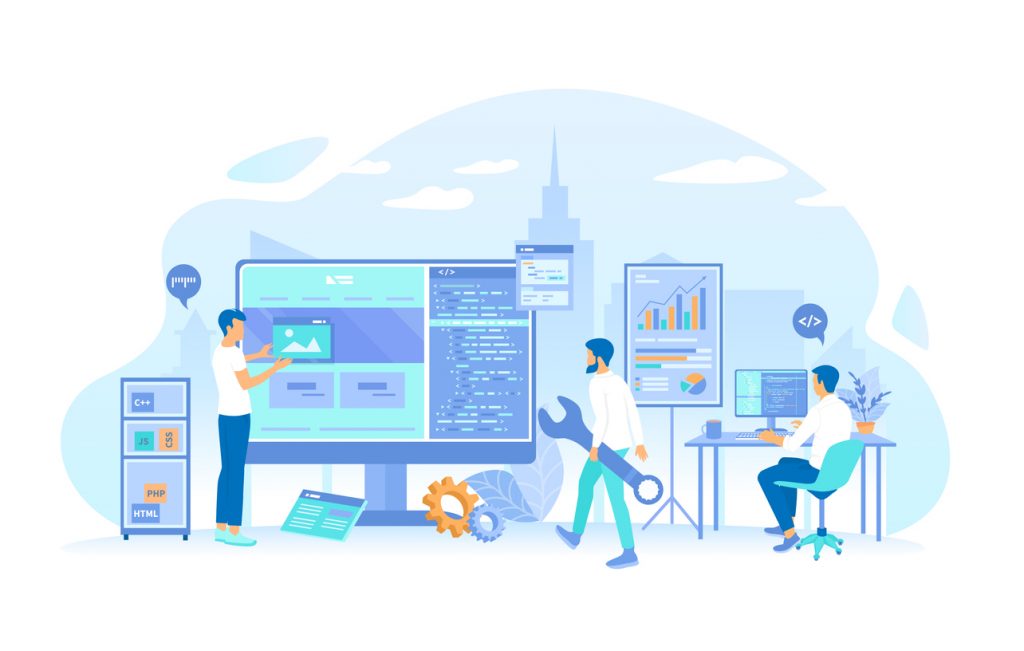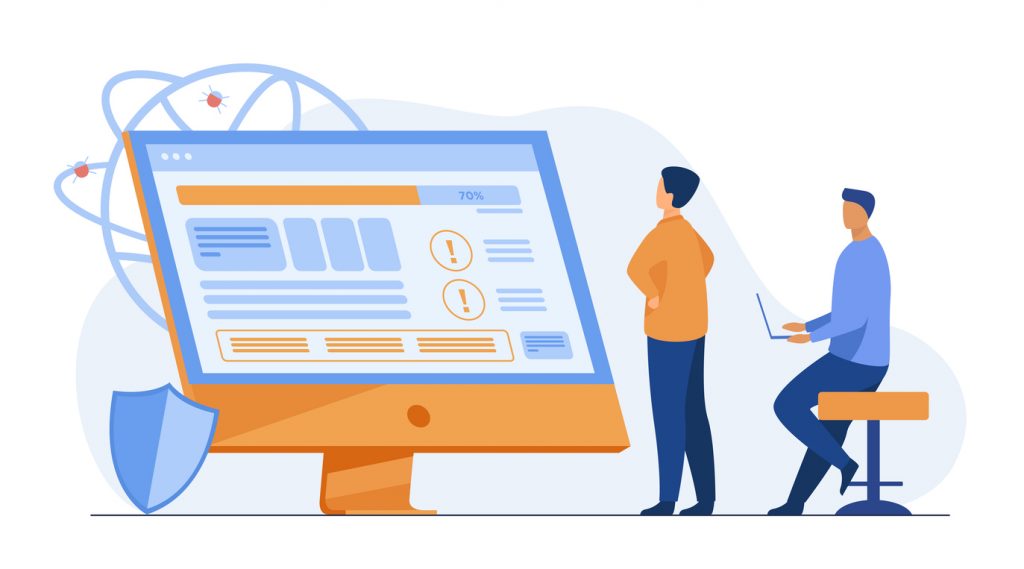The release cycle has become an integral part of our lives, from mobile apps to web applications and everything in between. The speed at which we expect new features and updates to be rolled out has dramatically increased in recent years, leading to a rise in demand for faster and tighter release cycles.
However, ensuring that the software is of high quality while still meeting these tight deadlines is a real challenge. This is where the concept of shifting left comes in. Shifting left involves moving testing and other quality assurance activities earlier in the development process. So, if you’re tired of delays, missed deadlines, and subpar software quality, read on to learn how shifting left can be the solution you’ve been looking for.
Test Early and Often

What Is Shift Left Testing?
Shift left testing is a methodology that involves integrating testing earlier in the SDLC. Rather than waiting until the end of the sprint to test the software, testing is incorporated into each stage of the development process, starting from the design stage. It has been made possible by agile and DevOps methodologies that have enabled rapid software development, testing, and deployment.
By integrating testing into each stage of the development process, software testers can detect bugs earlier and provide feedback to the development team. They can then fix the bugs in a timely and cost-effective manner, reduce the risk of delays or costly rework later on in the process, and produce a higher-quality software product that meets users’ needs.
What Is the Importance of Early Testing?
As previously mentioned, early testing is a critical aspect of the SDLC as it enables software teams to detect defects early. By testing software earlier and more frequently, teams can identify and fix bugs economically.
When Do Bugs Appear in the SDLC?
Bugs can be introduced at any stage of the SDLC, but most bugs are introduced during the coding phase. This is because coding involves writing complex logic and algorithms, which can be prone to errors, especially if the coding standards and practices are not followed rigorously.
Furthermore, coding errors are often introduced when code is refactored or modified. As a result, it is crucial to have a robust testing strategy in place, with testing taking place early to identify and address bugs as early and economically.
Find Bugs on a Per Change Basis

Benefits of Shift Left Testing
The main benefits of shift left testing include:
- Early bug catching: One of the most significant changes that occur when you shift to the left is that you catch defects early in the development cycle before they become more significant and costly to fix.
- Collaboration and communication: Once you understand how to shift left, you can look forward to more collaboration between the development and testing teams. Testers can work closely with developers to identify and help fix defects, resulting in better communication and more efficient workflow.
- Better risk management: It can reduce the likelihood of significant issues occurring later on, helping you avoid costly rework and delays.
- More automation: Shifting to the left typically involves more automation of testing and quality assurance activities. Automating these activities allows you to test more frequently, resulting in faster feedback and improved software quality.
- Improved time-to-market: By catching defects early and enhancing collaboration and communication between teams, you can reduce the overall development time. This can be especially beneficial in industries where time-to-market is critical, such as the tech industry.
- Better alignment with customer needs: Knowing how to shift left can also help you better align with customer needs, ensuring that your product meets their expectations. This can result in better customer satisfaction and improved product adoption.
- More efficient use of resources: By catching defects early, you can reduce the amount of rework required later in the development cycle. This can help you save time and money by avoiding unnecessary work and reducing the need for additional resources.
- Improved overall quality: Shifting to the left can lead to more effective risk management, which can help you develop higher-quality software that meets your customers’ needs and expectations.
So how do I actually shift left?

How to Shift Left: Getting Started
Here are three steps explaining how to get started with shift left testing:
- Agree on coding standards: The first step is to agree on coding standards. It involves collaborating with the development team and establishing a set of coding conventions and best practices that should be followed when writing code.
- Implement testing early in the SDLC: The second step is to implement testing early. This includes activities such as peer reviews, dynamic analysis, etc.
- Adopt automated testing: The third step is to adopt automated testing that can detect bugs in the software without any manual effort other than writing the test scripts covering application functionality.
- Once an automation testing strategy is in place, consider an optimization tool to continue to test early by only running the tests impacted by developer changes.
By following these three steps, you can improve the overall quality of your software and ensure that regressions are caught and addressed early.
How to Shift Left: Takeaway
Shift left testing is an effective way to improve your software’s overall quality to catch defects early, reduce rework, and increase team productivity. This can result in faster time-to-market, improved customer satisfaction, better alignment with customer needs, and more efficient use of resources.
Take Your Automation Testing to the Next Level with Appsurify
Are you tired of slow automation testing? Studying how to shift left and looking for the best tools to implement it? Appsurify can help. Our AI Risk-based testing tool can help you catch defects earlier, reduce testing time and cost, and improve the overall quality of your software. Whether you’re a software tester, DevOps professional, or digital leader, Appsurify can help you achieve your shift left strategy.
Contact us today to learn more and start your journey toward better software development.
